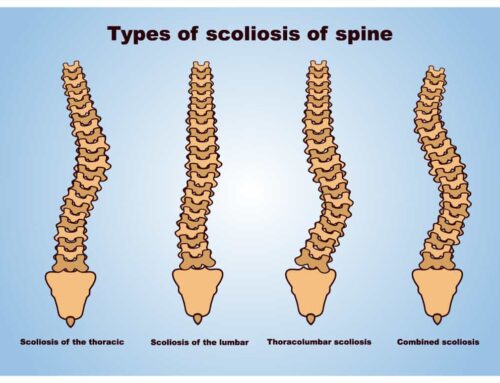If you’ve been diagnosed as having fibromyalgia syndrome, please don’t think for a second that you’ve been given a life sentence. Yes, you can’t completely get rid of it but you can certainly learn to manage it and stay 2 steps ahead of pain. That’s where we can come in. Having fibromyalgia and chronic pain is a deadly combination. Once can get into a wrestle match with the other and the next thing you know it’s affecting your mental health. It’s just so important to break that pattern of pain, stiffness, reduced flexibility and more pain because of it. You’re with me? So first of all, what exactly happens to your body when you have fibromyalgia?

What’s fibromyalgia syndrome?
Fibromyalgia syndrome is a very complex disease which can show up as chronic pain, stiffness and tenderness of your muslces, joints or tendons but there’s no actual inflammation like an injury. Almost 90% of the people also suffer from chronic fatigue which can make it quite difficult to do the day to day activities. This also affects women more than men. And unfortunately there’s no particular test for it. You’re really at the mercy of your doctor for diagnosing this problem by ruling out other problems. Inspite of all of these things, fibromyalgia can be managed. With learning about different strategies to manage your stress and pain, controlled gentle exercises , medication and even diet changes. Although the exact reason is not known, there are many things that can play a part in developing fibromyalgia syndrome such as :
- Diet
- Post traumatic stress
- Mental health issues
- Other medical conditions such as Rheumatoid arthritis, lupus etc.
Getting movement into your joints and muscles

So the 2 things that most people wth fibromyalgia syndrome suffer from is pain and stiffness as we know. The key is to get gentle movements going to the joints and muscles that usually happen in the body but is restricted because of finromyalgia. This is where Physiotherapy come in. This is exactly we what we physios do. Gentle , contolled manual therapy methods help to increase blood flow in the area and get pain relief. These kinds of movements can be very relaxing for the body. In fact, remedial massage can help as well but as long as it’s not too intense. It shouldn’t be excruciating. Otherwise the whole purpose is lost.
Having a good balance of stretching and strengthening

With fibromyalgia syndrome, you can’t just go to the gym and start pumping iron. We know that chronic fatigue prevents you from doing that. So the next best thing is to have a set of gentle stretching and strengthening exercises tailored to your specific needs. In fact, reformer pilates is a great way to do exactly that. After a full assessment of all your joints, our Physios develop is an exercise program customised to you. They will also talk about strategies like spacing activities and chunking them to manage your chronic pain at home.
Changing your mindset around chronic pain

Easier said than done hey? If you’ve been dealing with chronic pain , you know already how much it can affect your mental health. So I’m not going to go on about being positive and all that jazz. It’s just about showing up. It’s about keeping the promise to yourself that no matter what you’ll work towards taking a little mini step towards your goal each day. It’s ok to have a bad day but don’t let it get to a bad week or a bad month. Break the cycle. It’s about consistency. You won’t see results immediately but I promise you this, you keep at it and finally one day you’ll wake up and feel different. Keep at it.





